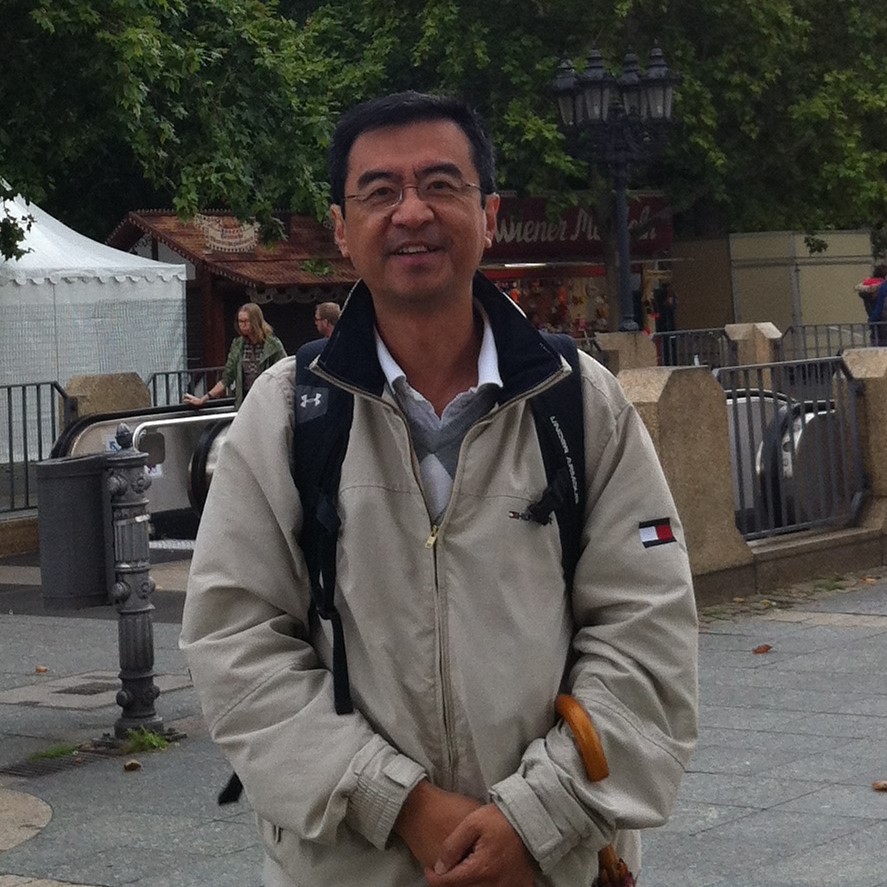Chiman Kwan
Signal Processing, Inc., USAFor significant and sustained contributions to image processing algorithms with applications to remote sensing and especially Mars Curiosity Rover’s imagers.

Chiman Kwan began his career expecting to become a professor in a university. Despite having a few interviews in that sector, he ended up working in industry, and aside from a year working in a national lab, he remained on the commercial side of the field. Chiman even started his own company, Signal Processing Inc., in 2006. This allowed him to choose what projects he would work on and gave him the freedom to focus on fewer projects as opposed to many simultaneous ones. He comments that funding actually drives most of his research, and while he has many projects happening at one time, he is able to maintain autonomy. As a small company, competing with larger firms for funding is one of his most significant challenges. To set Signal Processing Inc apart, Chiman focuses on addressing conventional problems better and more efficiently. For example, a current project involves solving the problem of air turbulence mitigation in imaging, an issue faced by photographers and astronomers alike. He explains that since the invention of the camera, this has been a known problem: when taking a picture of a long-range subject, the atmosphere can distort the final image. The relevance of the work and the tenacity demonstrated by Chiman have contributed to his company's success.
One of the biggest highlights of Chiman's career thus far has been his work with NASA on the Mars Rover Curiosity. For nearly a decade, he and his team worked to provide solutions for the Rover's imaging systems. One example involves two cameras called "Mastcams" that, until recently, were used separately for long- and short-range imaging. Chiman's team suggested that the two cameras be used together in order to create stereo and 3D images. Initially, this idea was met with resistance, but with some serious convincing with many studies, the idea was adopted. Also, while working on this particular problem, Chiman noticed that the algorithm used to process the images was extremely outdated. They were able to convince NASA to switch to a new compression algorithm that allows three times the amount of compression previously available.
The idea of pushing the boundaries of what is accepted recurs throughout Chiman's story. While working as a post-doc, his supervisor encouraged him to "push the state-of-the-art" because in order to find something new, one must exceed what is already known. There is a great challenge in doing this kind of work because people are not always willing to accept the new ideas or results. Chiman's favorite scientist, Dr. Dan Shechtman, faced this very obstacle when, in the 1980's, he proposed a new type of crystal: the quasi-crystal. For over twenty years, Shechtman faced rejection, but eventually, he prevailed and won the 2011 Nobel Prize in Chemistry. Chiman connects with this story because he faced opposition and competition early in his career too, and while their problems are different, they both used tenacity and perseverance to prevail.
As an industry professional, Chiman doesn't always get to interact with young scientists, but he does offer some valuable advice. "In addition to technical knowledge, students should strengthen their non-technical skills, like writing, presentation, and oral communication." He says these skills take just as much time to learn as technical skills and become more important over time. While technical skills get you in the door, communication skills help you move upward. In fact, Chiman's favorite part of the research process isn't even the research-it is the summarization at the very end. He enjoys looking back on the many hardships faced and outlining and explaining how he solved the problem.
Photo Credit: Chiman Kwan
Profile written by Samantha Hornback
